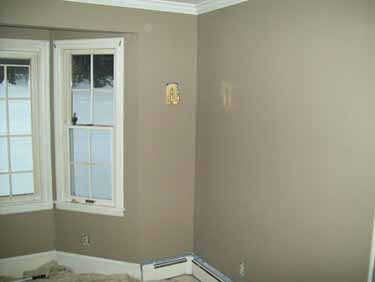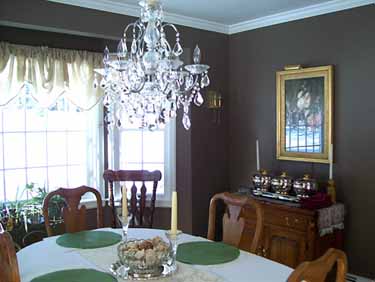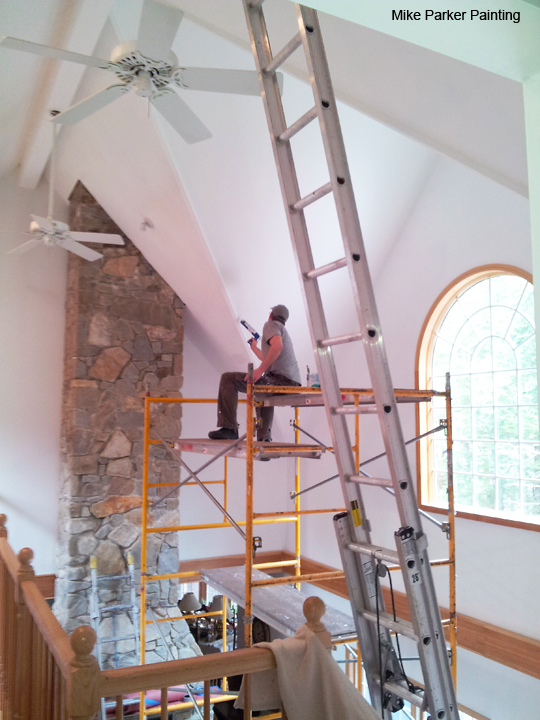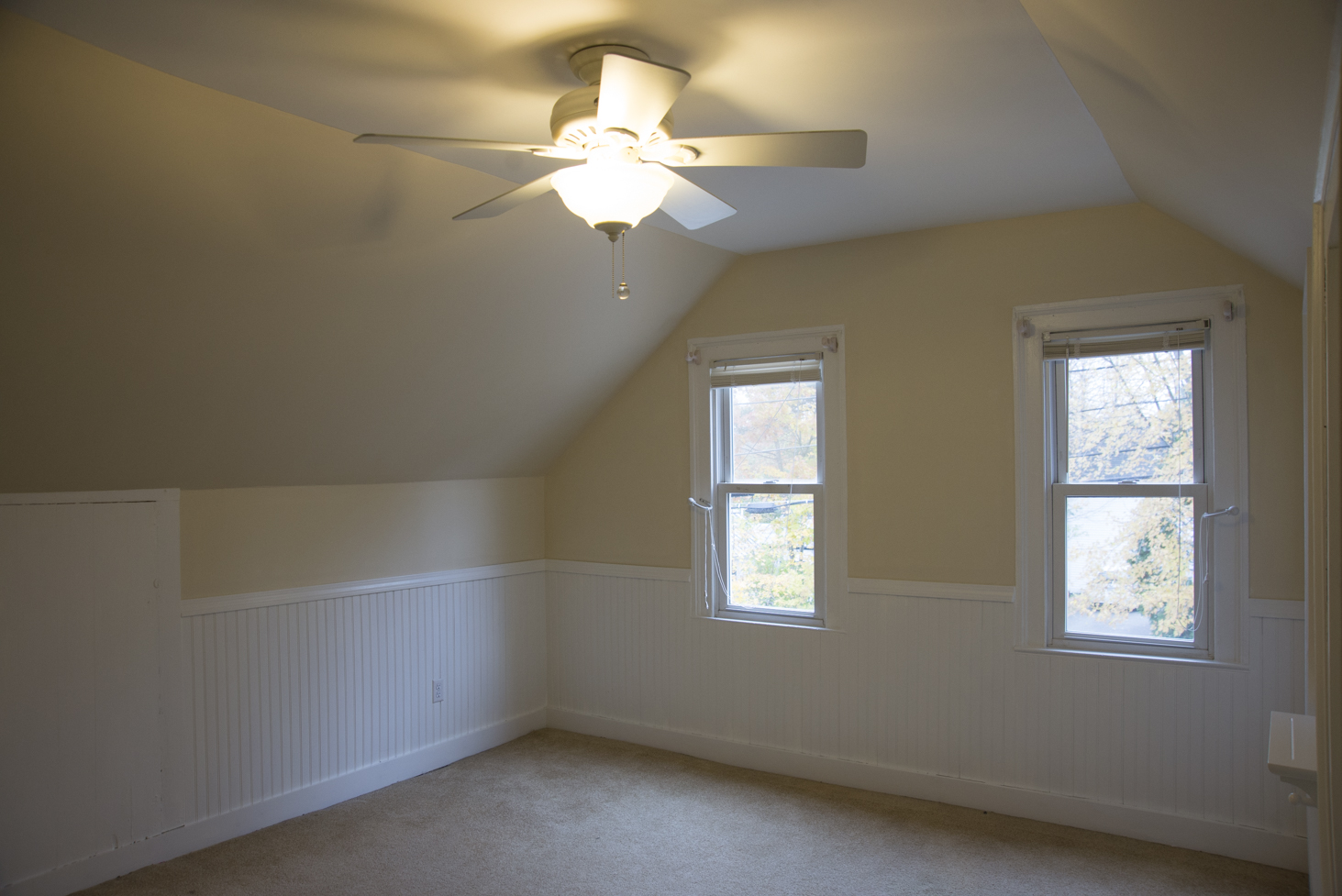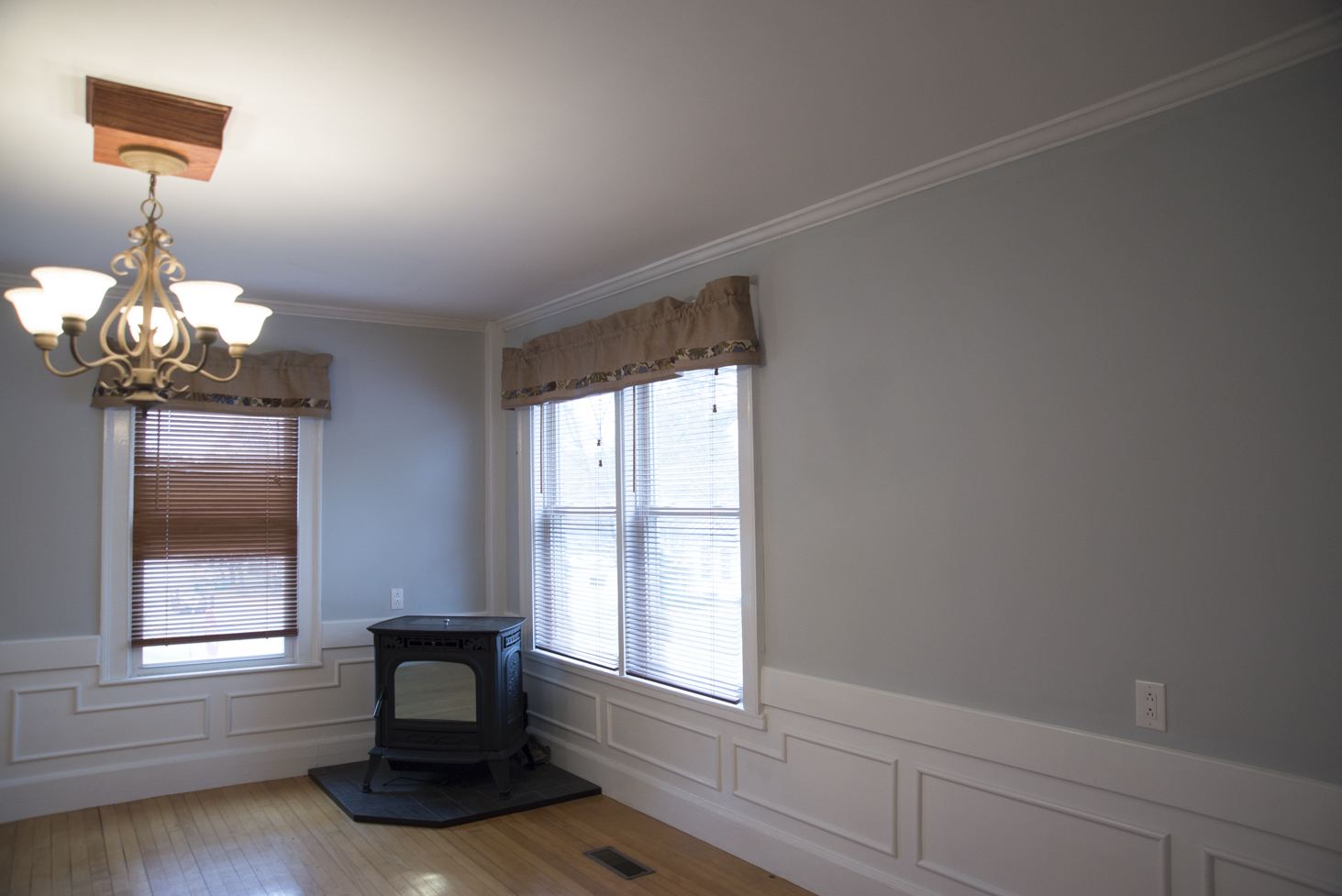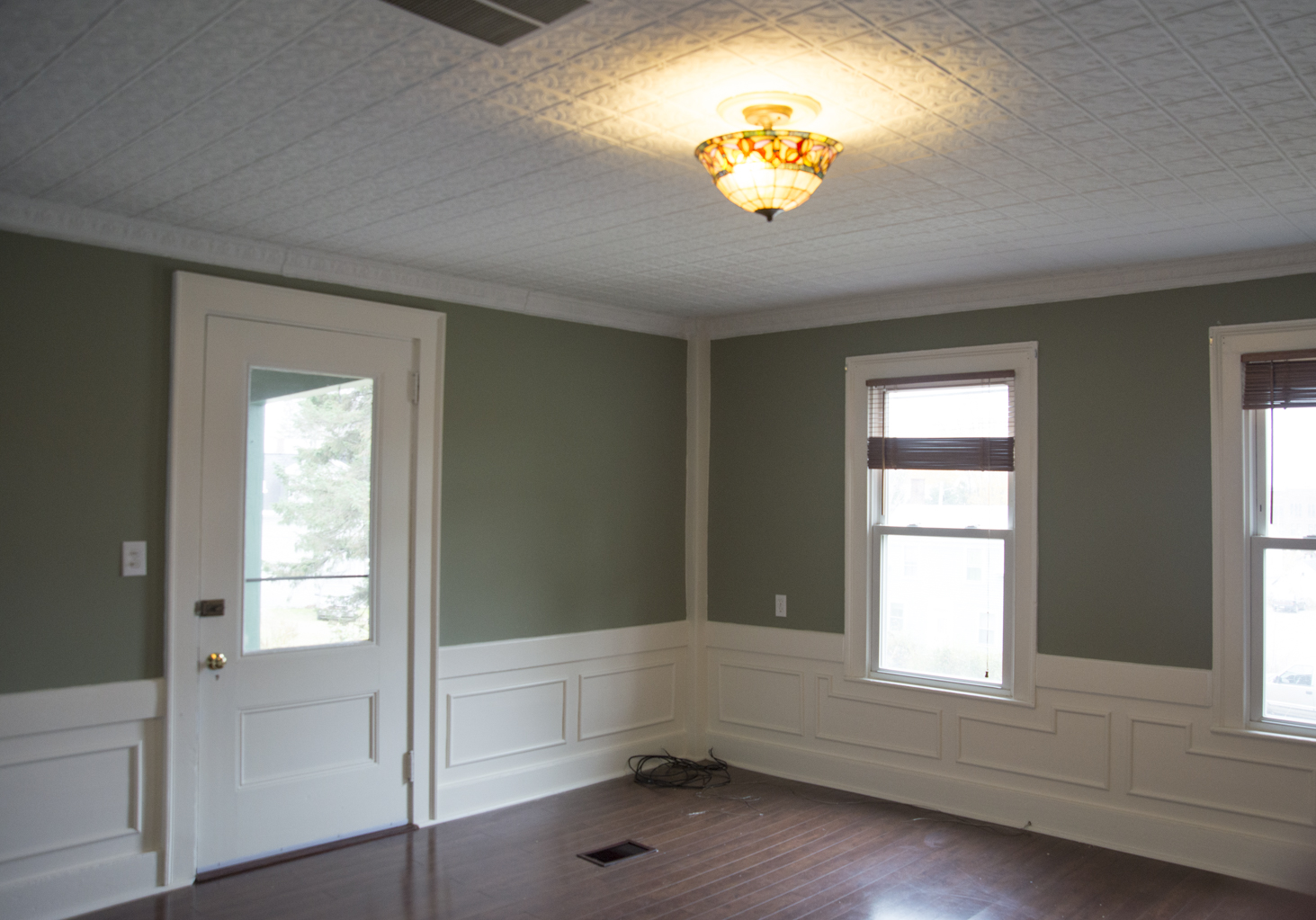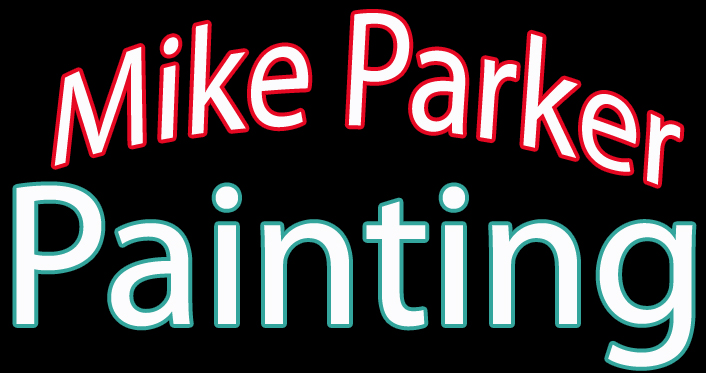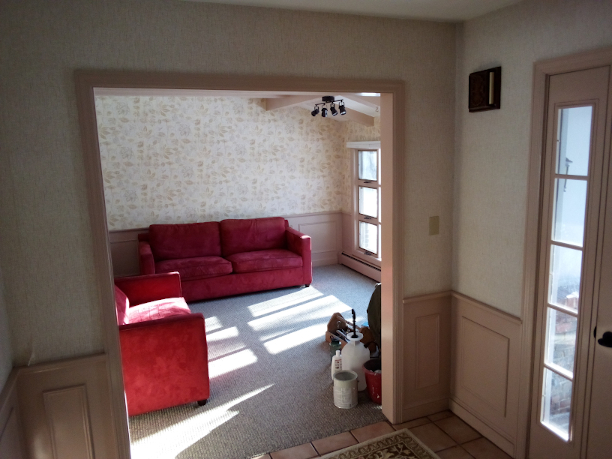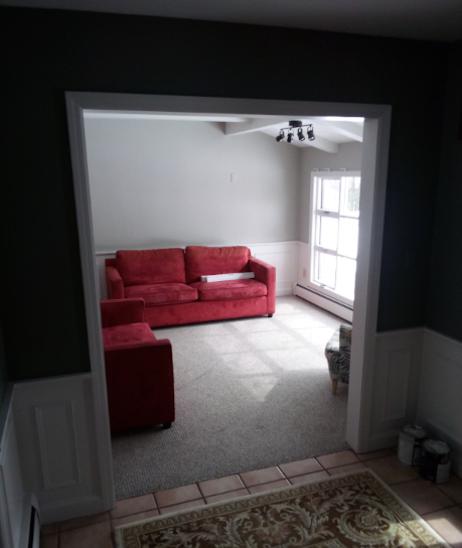
A good interior paint job starts with a clean surface. If substances such as dust, grease or cigarette smoke are present on the walls or other substrates, they must be removed before doing any further work. There are many products which do this – some are better than others!
Any holes from old picture hangers, dents or damage should be repaired before a repaint. This is a great time to move fixtures and rearrange the appearance of your room! This is usually fairly straight-forward and easy for a pro painter to do – and sometimes less easy for the homeowner. And, if your home was built prior to 1978, there may be lead paint present…ONLY an EPA RPP-certified painter/contracter may disturb painted surfaces.
Whatever the preparation methods, there is no substitute for using quality paint! Many folks cannot discern between a big-box store brand and a higher quality such as Sherwin Williams or Benjamin Moore. But, after a day of actually using the product, they would! Paints are composed of, among other things, binding agents and colorants. A quality product has the right balance of both…deep colors, binders that help the paint to adhere (but not so much that the paint is ‘clotty’ or ‘goopy’). A knock-off brand is, basically, good paint that is watered down. Using lower quality paints to save $30 at the end of a job can add more coats of paint to the project, results that are less durable/washable, and may actually COST you money in the end! Labor is the most expensive part of any job – using the right products will ensure that labor time is balanced and not spent struggling with inferior products! Trust the people who use them every day.
So, why use an experienced, certified professional painter for YOUR home’s interior?
- savings in time, headaches and money in the long run
savings in time, headaches and money in the long run
- a professional is responsible for their work; you can delegate and let them use the products they KNOW, to achieve results beyond expectations
a professional is responsible for their work; you can delegate and let them use the products they KNOW, to achieve results beyond expectations
- much less hassle and unexpected costs which occur when a novice attempts to cut corners, but fails to anticipate ‘sticky spots’ that pros account for
much less hassle and unexpected costs which occur when a novice attempts to cut corners, but fails to anticipate ‘sticky spots’ that pros account for
- in some cases, to protect your family from hazardous lead dust and comply with the law – extremely expensive fines can be given to those who are not certified to work on lead paint!!
in some cases, to protect your family from hazardous lead dust and comply with the law – extremely expensive fines can be given to those who are not certified to work on lead paint!!
A look inside your interior paint job

